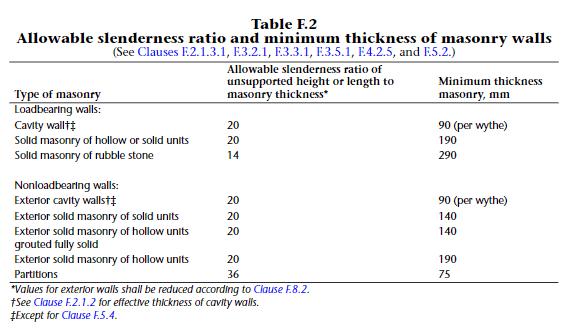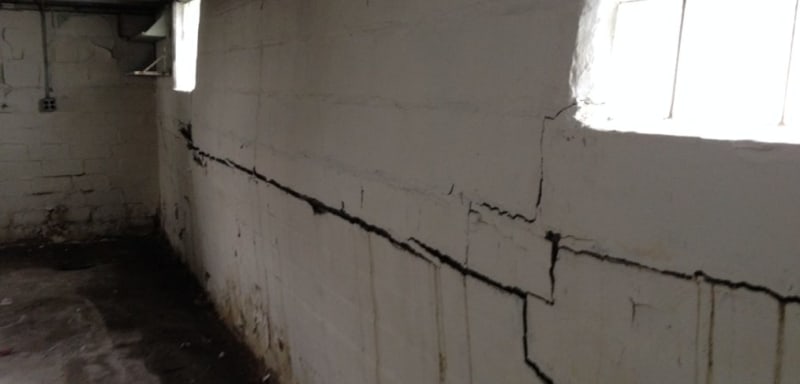Supposedly a micro-burst knocked out an end wall and part of the end bay of roof while kids were playing basketball inside.
A news report of the event: A video of post-storm damage:
From the videos:
1. Wood 2x roof joists with probably some kind of plywood or wood sheathing
2. Steel angle trusses with an end-bay horizontal diaphragm
3. End wall was block and brick - with no reinforcement in the block.
4. The top portion of the end wall is gone along with the end bay over the stage area.
5. This results in no significant lateral shear wall system left for the roof diaphragm, yet the principal and others were standing inside the gym afterwards.
Probably either the roof edge peeled up, leaving the end wall unstable, or a portion of the end wall got blown in (no rebar) and the end bay roof fell in or was pulled upward.
A news report of the event: A video of post-storm damage:
From the videos:
1. Wood 2x roof joists with probably some kind of plywood or wood sheathing
2. Steel angle trusses with an end-bay horizontal diaphragm
3. End wall was block and brick - with no reinforcement in the block.
4. The top portion of the end wall is gone along with the end bay over the stage area.
5. This results in no significant lateral shear wall system left for the roof diaphragm, yet the principal and others were standing inside the gym afterwards.
Probably either the roof edge peeled up, leaving the end wall unstable, or a portion of the end wall got blown in (no rebar) and the end bay roof fell in or was pulled upward.



